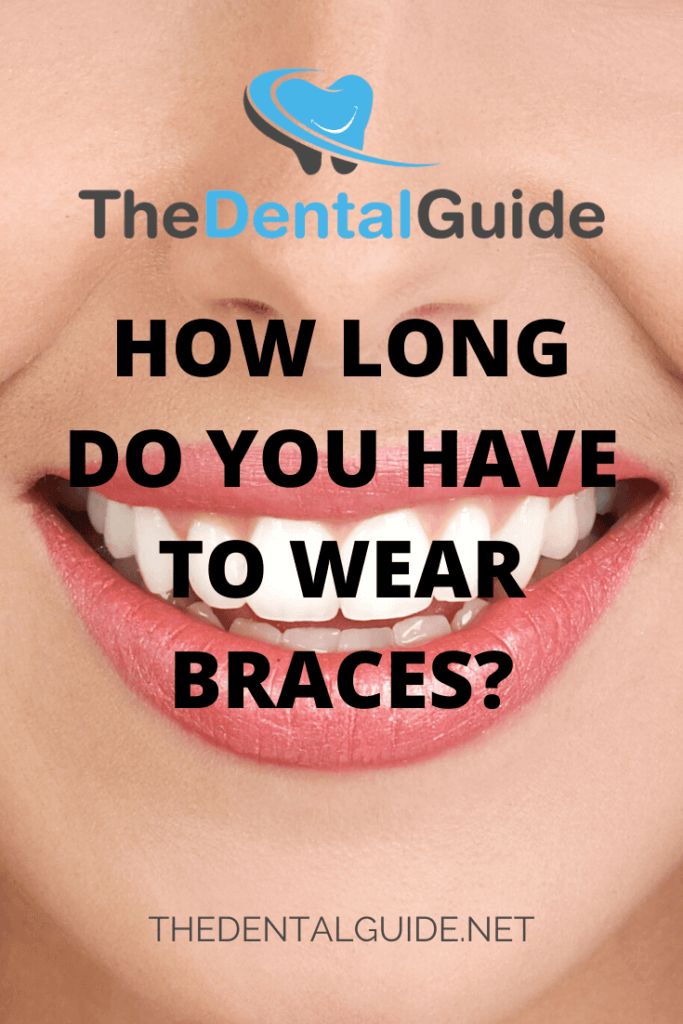The question ‘how long do you have to wear braces?’ is a popular one amongst those contemplating an improvement to their smile. Treatment using orthodontic braces typically ranges from 6 months to up to 2 years and occasionally beyond. The duration depends upon a number of factors:
- The shape of your mouth and face
- Your individual response to the treatment
- How quickly your teeth move
- The severity of your initial problem
- How strictly you adhere to your treatment plan
After your treatment’s finished, you’ll need to wear retainers full-time for about 1 to 3 months, after which time you only need to wear them at night. This can be phased down, so eventually you’ll only need to wear them for a few nights a week, but keep this up for as long as possible.
Long-term retention’s very important and if you don’t follow this advice, there’s a strong likelihood that your teeth will move again and end up not being as straight as when you finished your treatment. It’s also possible to have fixed or bonded retainers fitted after the initial treatment’s over. These work based on long-term retention, sitting behind the upper and lower teeth, at the front. You can’t see them, and after a short bedding-in process, you’ll stop being aware they’re even there.
The length of time you wear your braces will be determined by your own goals and those of your orthodontist. In severe cases, headgear and various wires and retainers are needed as well as braces. Dental hygiene plays an important part in orthodontics and will affect the length of time you have to wear your braces. Teeth move better when they’re clean and it’s critical you follow the hygiene instructions of your orthodontist.
The duration of wearing your braces will also depend on your age. Research shows the younger you are when starting treatment, the faster the process will be. However, most children don’t need to think about braces until they’re at least 10 and their adult teeth have formed. An orthodontist can treat a child as young as 7 in serious cases.
A quarter of those who decide to wear braces are actually adults, who, for various reasons, didn’t go ahead with straightening their teeth when they were younger. In the interim period, brace technology improved, giving them the means to get their teeth straightened in easier and more affordable ways than ever before. It’s also become fashionable these days to have a nice smile!
The brace type you choose will play a role in the time needed for successful treatment. Metal braces tend to work quickly because they’re made from the strongest materials. Ceramic braces are strong and have a better cosmetic appearance, but you’ll probably need to wear them for longer, because they’re not quite as strong as metal braces.
Other options include removable plastic retainers, which work well and braces that fit to the inner side of teeth. The latter take the longest to work as their action isn’t as strong. To reduce the time that you have to wear your braces, choose the strongest materials available, in line with recommendations from your orthodontist.
When you decide to go ahead with wearing braces, your orthodontist will take impressions and x-rays of your teeth and this will give you a precise indication of how long your treatment will take. Orthodontic treatment needs patience and commitment, but in the end, you’ll have healthy, straight and attractive teeth, with correct jaw alignment and a great smile, which will hopefully stay with you for the rest of your life.
